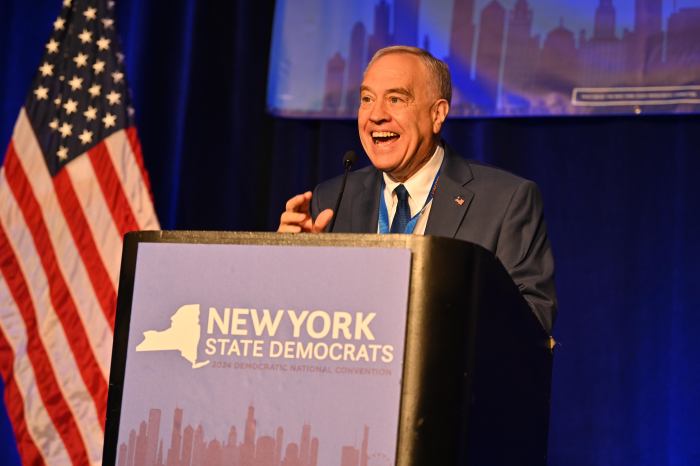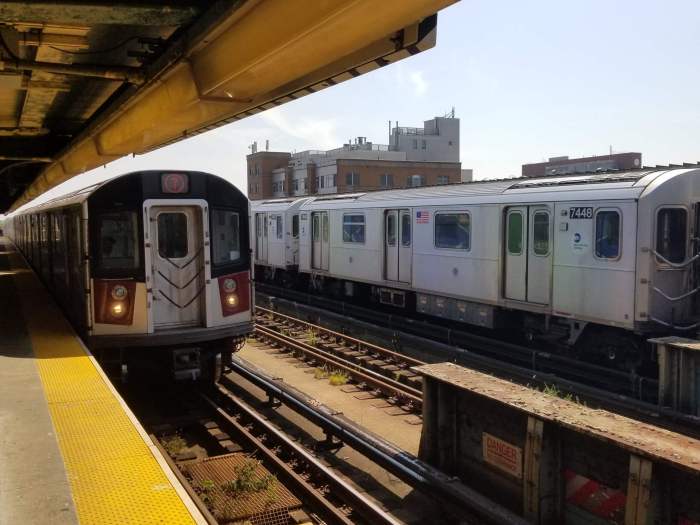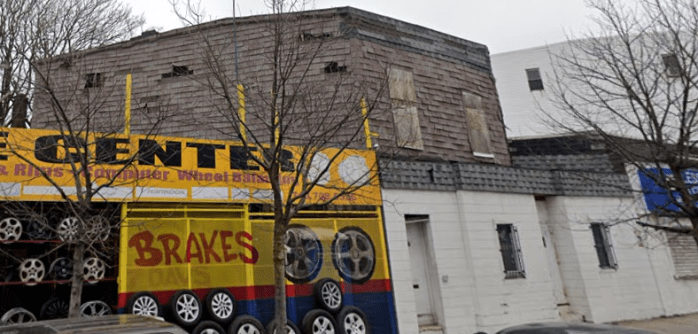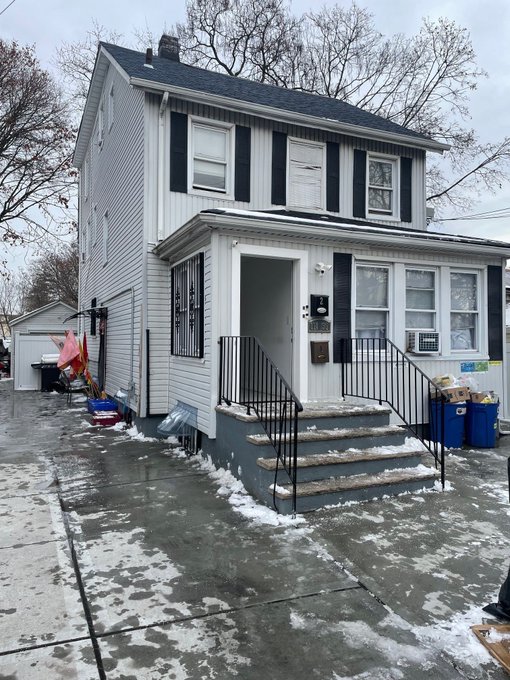
A new report calls for the city and MTA to reimagine use of city streets in order to effectively manage commuter demands during the L train shutdown.
Released Tuesday as a “community consensus proposal” from the advocacy group Riders Alliance and the Regional Plan Association, the report is the first comprehensive strategy to move the 225,000 L train riders that commute between boroughs each day when the MTA temporarily shuts down Manhattan service in 2019.
“Replacing the capacity lost by the subway will be an immense undertaking,” reads the report. “The silver lining to the closure of the L train in Manhattan is that it provides the MTA and city with a once-in-a-generation opportunity to make big changes.”
Those changes rely heavily on prioritizing buses to move more people as quickly as possible. The report champions converting 14th Street into a transitway by restricting private vehicle access — an idea favored among advocates and one that the city Department of Transportation has said to be exploring.
Additional ferries making East River trips would help. Better bike infrastructure connecting north Brooklyn, around Bedford Avenue and Grand Street, to alternative subway services is important too, according to the report.
Community profiles in the report break down the commute needs of different areas. In Manhattan, there’s the 14th Street Transitway. In Williamsburg, where the report found that 90% of residents travel to Manhattan “regularly,” Bus Rapid Transit across the East River will be the “only way” to efficiently move people.
Other areas call for less dramatic changes, like Bushwick and East New York, where more commuters rely on the J, M Z, A and C lines and the 3 train at Junius Street. The report highlights that smaller scale improvements to bus service could help do the trick. But it warns that these more impoverished neighborhoods could be easily overlooked during mitigation planning.
“The impacts of transit are felt unevenly by different New York communities: black New Yorkers have commutes that are 25 percent longer than their white counterparts,” according to the report, “while the trips of Hispanic riders are 12 percent longer.
“In order to ensure that stakeholders’ needs are taken into account during all phases of the L train shutdown,” the report continued, “it is critical that the MTA and DOT build an inclusive process that involves riders from across the route.”





































